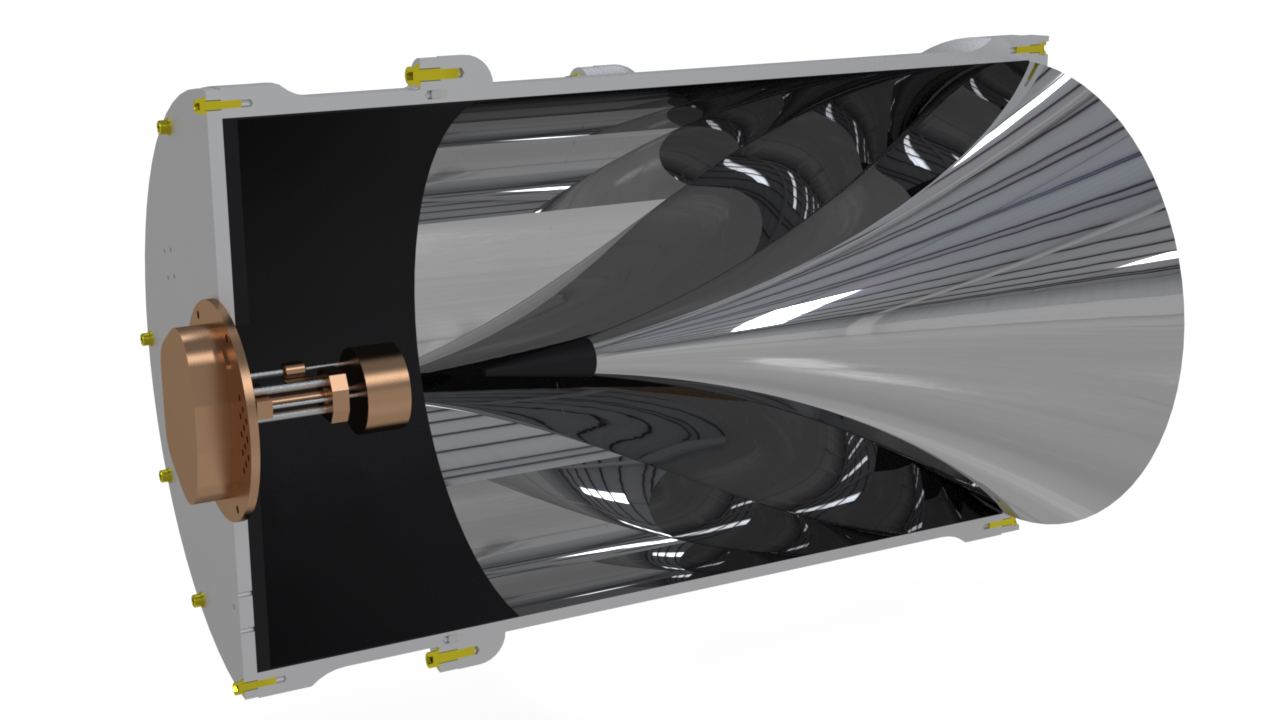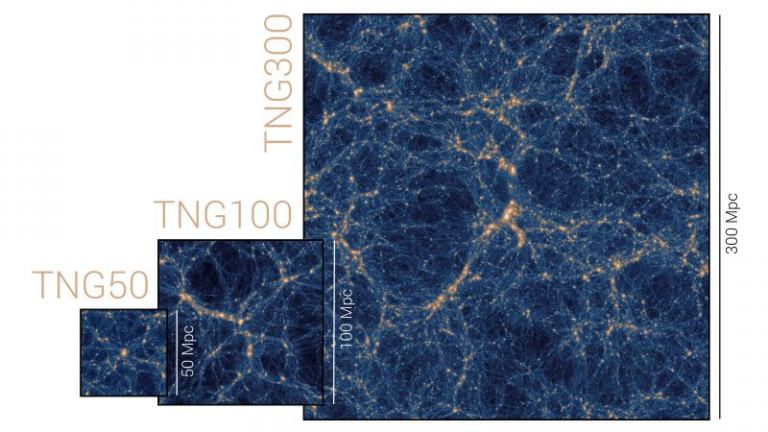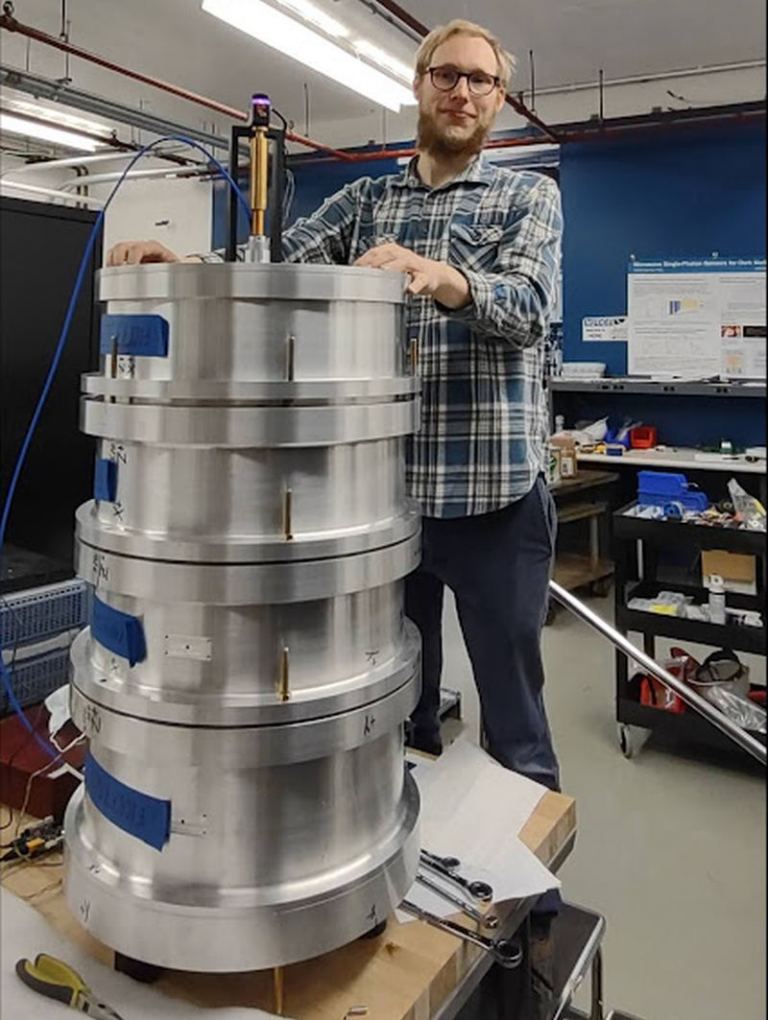Dark matter is one of the unsolved mysteries of modern cosmology. Scientists actively search to discover it and map its presence and distribution in the universe. Usually complex and very expensive telescopes are used for this purpose. But now scientists from the University of Chicago and the Fermi National Accelerator Laboratory have developed a new approach – a simple and cheap desktop device called BREAD (“Broadband Reflector Experiment for Axion Detection”) designed to detect dark matter. The scientists published their first results in the journal Physical Review Letters.

Dark matter is one of the most mysterious components of the universe. It makes up about 85% of all matter, but is invisible to conventional telescopes. Its existence was discovered only by gravitational interaction on an intergalactic scale. The simulation shows that dark matter in the universe is distributed in the form of a network of galactic filaments.

It is not known what dark matter consists of. But physicists put forward various hypotheses. One of the candidates for the role of a component of dark matter are hypothetical elementary particle axions. The BREAD experiment is aimed at searching for dark matter in a certain frequency range, where axions and associated dark photons can be located. The BREAD device has the shape of a coaxial antenna in the form of a curved metal tube, which is placed on a table. Its task is to capture photons and direct them to a sensor for detecting axions, which is configured to search for elementary particles with certain parameters.
The first stage of the BREAD experiment has already been completed and, unfortunately, has not brought any detection of dark matter. However, the lack of results is not a disappointment, because this experiment showed a high sensitivity of the device in the selected frequency range. The BREAD experiment also offers an exciting new recipe for hunting dark matter — it is relatively inexpensive and compact, allowing covering a wider range of possibilities compared to other experiments, although with less accuracy. BREAD’s methodology can be compared to scanning radio stations: the search for dark matter is analogous to searching for one particular station among millions of frequencies.

The development and implementation of new methods, such as BREAD, help scientists get closer to solving one of the biggest mysteries of modern science. The joint efforts of researchers from different scientific institutions contribute to the achievement of progress in this complex field of knowledge.
For scientists, this experiment is just the first step in a series of exciting studies that will help uncover the nature of dark matter. The next step for the BREAD experiment will be to transfer it to a magnetic installation at Argonne National Laboratory. Other laboratories such as the SLAC National Accelerator Laboratory, the Massachusetts Institute of Technology, the California Institute of Technology and NASA’s Jet Propulsion Laboratory are also collaborating with the University of Chicago and Fermilab for future phases of the BREAD experiment.
Earlier we reported that dark matter is a reflection of a parallel universe.
According to space.com
Follow us on Twitter to get the most interesting space news in time
https://twitter.com/ust_magazine


